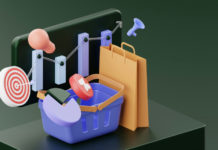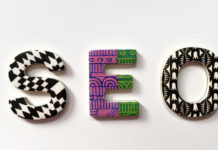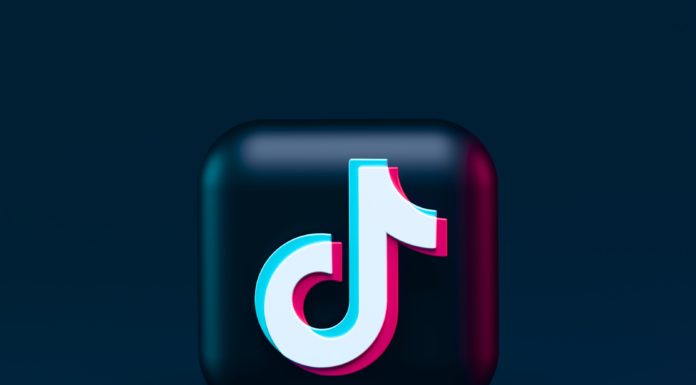People love it when the things that they obtain differ from what others have. This is exactly why so many of us go “DIY” and why numerous renowned brands offer product customization features on their online stores.
Allowing users to add a personalized touch to the goods that you sell, to be creative with the products, and delivering made-to-the-order results can certainly do your sales good.
Therefore, on this page, we’ll go over the benefits of getting a product builder for an eCommerce site and share some neat examples of how this feature is implemented on famous websites.
Product Customization in eCommerce: Why Do It?
As shortly mentioned above, product constructors can be an advantageous move towards increasing sales. Whether it’s an engraving that you offer the buyer to add to the item or a full-scale “lab” for unleashing their creativity and changing the look of the product from a blank “sheet” according to their tastes, this feature can be a great boost for your business.
Obviously, the only case when it makes sense to invest in this eCommerce trend is if you can actually produce and deliver the products in their modified format. According to The New York Times:
“More and more industries and companies are joining the mass-customization bandwagon. Many are niche manufacturers and start-ups, unencumbered by expensive legacy factories and supply chains. Others are big brands that have added customization options to extend their product lines and increase sales.”
So how exactly can a product builder help? Well, it can:
- assist in visualizing the product variations and simplifying decision-making (this is the scenario when there are many tiny details that can be modified or switched around),
- live up to the users’ personal needs (be it prescription-based ones or other individual peculiarities),
- give the opportunity to express their individuality and stand out by crafting something unique,
- provide the chance to personalize gifts for others while still choosing your brand,
- entertain your users and keep them on your website longer,
- allow you to acquire the market segment that doesn’t like buying “off-the-rack”,
- supply you with insights regarding common customer preferences that you can use to enhance your products and product lines.
Of course, for this to work, you have to think through every step of the builder so it is intuitive, appealing, and logical. Thus, now let’s overview a couple of examples of product builders to give you some ideas and inspiration!
1. Gucci’s DIY Builder
The first example on the list is Gucci DIY. Being one of the most luxurious brands, they offer customization for “Personalized Gifts”.
Although most designs of the clothing and accessories that Gucci has on offer have rather “strict” designs, they’ve come up with an exception for a modifiable detail that symbolizes a person’s initials.
That said, certain models of Tote bags, wallets, and knit sweaters can come with various lettering. The user has the opportunity to personalize the product by selecting the letter that’ll take up a large area of the sweater or bag, as well as the color pattern.
The idea of this builder is very plain but it makes the item much more exclusive. Plus, since this is aimed at gift-giving, such a present will turn out to be much more personal than just any other item from the catalog.
Feel free to check out the Gucci product builder to add your own initial on a product and see how it looks!
2. Ray-Ban’s Glasses Customizer
The second builder example is the Ray-Ban “Design Your Own”. This Custom Lab gives shoppers the opportunity to play around with the designs of numerous glasses, including sunglasses and those that are used for vision.
Within the glasses constructor, the customer can select the material and color of the frame (both the temple and the front part), as well as customize the lenses and add an engraving on the side, if desired. All the changes are immediately displayed on the main element (the glasses that are placed on the left). The various angles of the item are presented in the form of a gallery that the user can click through in order to see how the changes look from different sides.
What’s great about this builder is that it’s quite simple. All the tabs and actions within them are very straightforward. The pricing is clear and so are the changeable options that concern size and style.
You can see Ray-Ban’s glasses customizer in action here!
3. Nike’s Air Max By You
Dressing up their product builder in the garb of “co-creation”, Nike’s Air Max By You is the third and advanced product customizer that’s surely worth attention.
As stated in the product description of the Air Max 97 shoes on the official Nike website: “The Nike Air Max 97 By You lets you put your spin on the shoe that turned the late-90’s running scene on its head. A streetwear classic, the AM97 is known for its wavy lines and full-length Air unit. Now it returns with a variety of customization options, including a revised color palette, reflective finishes, and personalized messaging.”
This product constructor has taken a big leap forward in terms of technology (when compared to the two above). Interestingly, the main page saves the user’s designs and offers numerous popular variations of the shoes in the “Inspiration” tab. Furthermore, as the client personalizes the design, the shoes twist and turn in 3D, offering fancy zooms and close-ups when this or that detail is being modified.
This is a very progressive builder that showcases the product really well and allures users to create something of their own. Of all three examples, this one is, perhaps, the most impressive one to note for 2021.
Try assembling your own design in the Nike customizer here!
Final Say
Summing up the above, your business can gain from adding personalization functionality to the website. After all, if your product lines can come in variations, then why not use this advantage to the fullest?
If the builder is implemented correctly from a technical perspective and has awesome UX and UI, this can bring you higher customer satisfaction, a boost in remarketing, and many additional orders.
That said, in the overviewed three examples, we saw that product constructors can be as plain or as complex as you’d like them to be. In any case, using this opportunity will be a neat step up and upgrade for an online retail store regardless of size or niche.




































